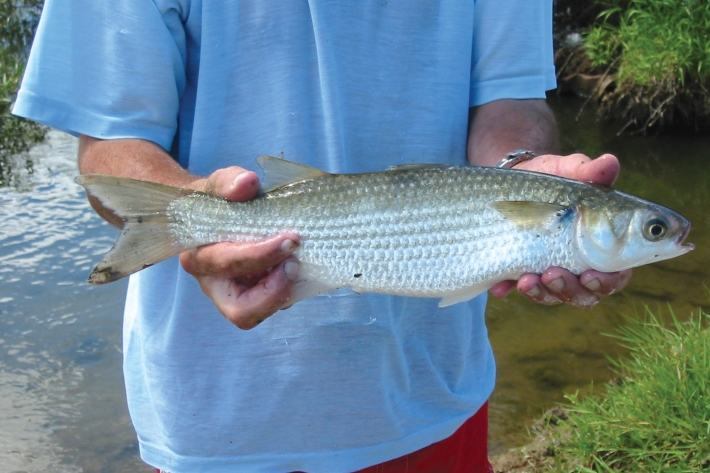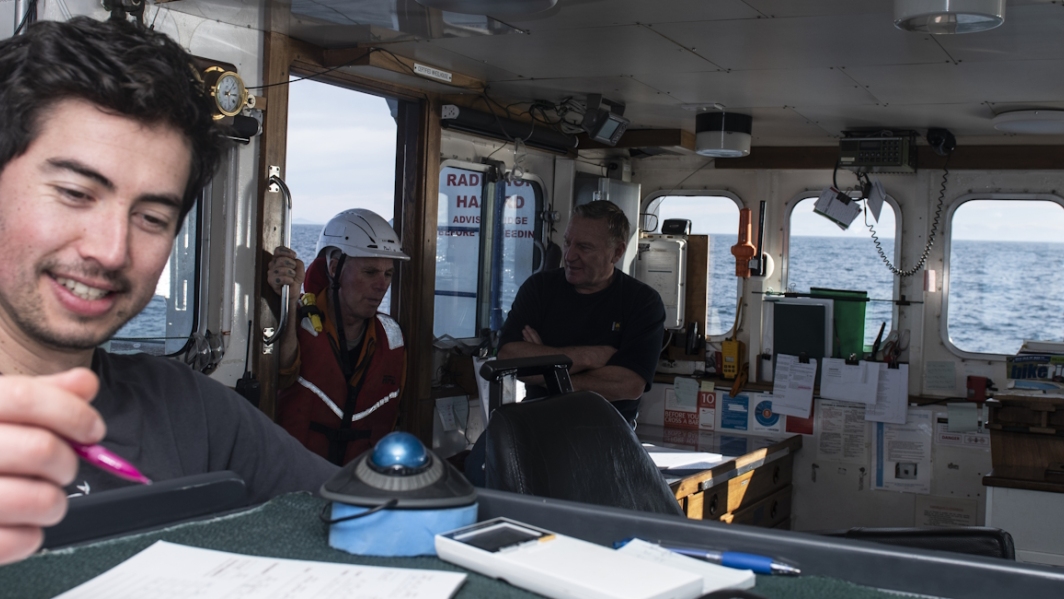-

Management of Antarctic fisheries
Find out more about fisheries in the Southern Ocean, New Zealand's role, and fisheries management. -

Even more flexibility with fisheries software CASAL II
Feature story07 March 2016NIWA-developed software is becoming the international standard in the assessment and management of fish stocks. -

Ecosystem modelling
Research ProjectAt NIWA, we’ve developed an Atlantis model for the Tasman and Golden Bays region. We’re also developing one for the Chatham Rise. -

Summer Series Week 2: Sharks of summer
News article21 December 2015Everyone knows they’re out there, but how well do you know your sharks? NIWA looks at four of the most common sharks you’re likely to spot this summer. -
The Fishes of New Zealand
Media release17 November 2015Te Papa has released a publication containing information, including pictures, distribution maps for all 1,262 known fish species found in our waters. -

NIWA counting fish in Marlborough Sounds
Media release24 September 2015Recreational fishers in the Marlborough Sounds, Tasman and Golden Bays are being approached at boat ramps in the region in the hope they will provide information on their catches for a research survey. -

2012 - Orange roughy in situ
Moored underwater cameras have exposed the secret lives of orange roughy nearly 900 metres below the ocean surface. -

Estimated discards
View data that show reported target catch and estimated discards. -

Devilrays – divers of the deep
News article09 July 2015A successful electronic tagging project means scientists have made some important discoveries about spinetail devilrays. -

NIWA makes a date with freshwater fish
Media release22 June 2015NIWA researchers have produced a series of calendars to inform people when New Zealand's native freshwater and sport fish are migrating and spawning. -

Freshwater fish calendars
NIWA's publication "Freshwater Fish Spawning and Migration Periods" is designed to help people working near freshwater to minimise effects of their work on freshwater fish species. -

NIWA calls on citizen scientists for grey mullet survey
News article21 May 2015New Zealand’s leading freshwater and estuarine research body is harnessing the national curiosity about ecology to find out more about grey mullet.

